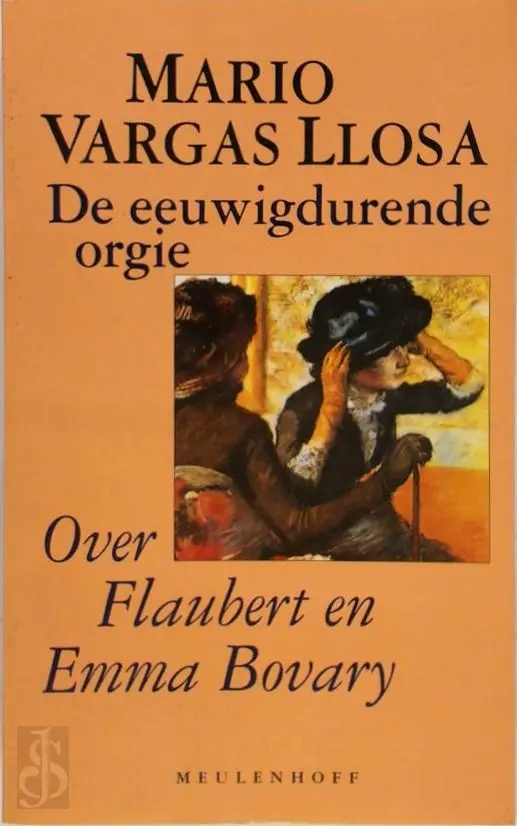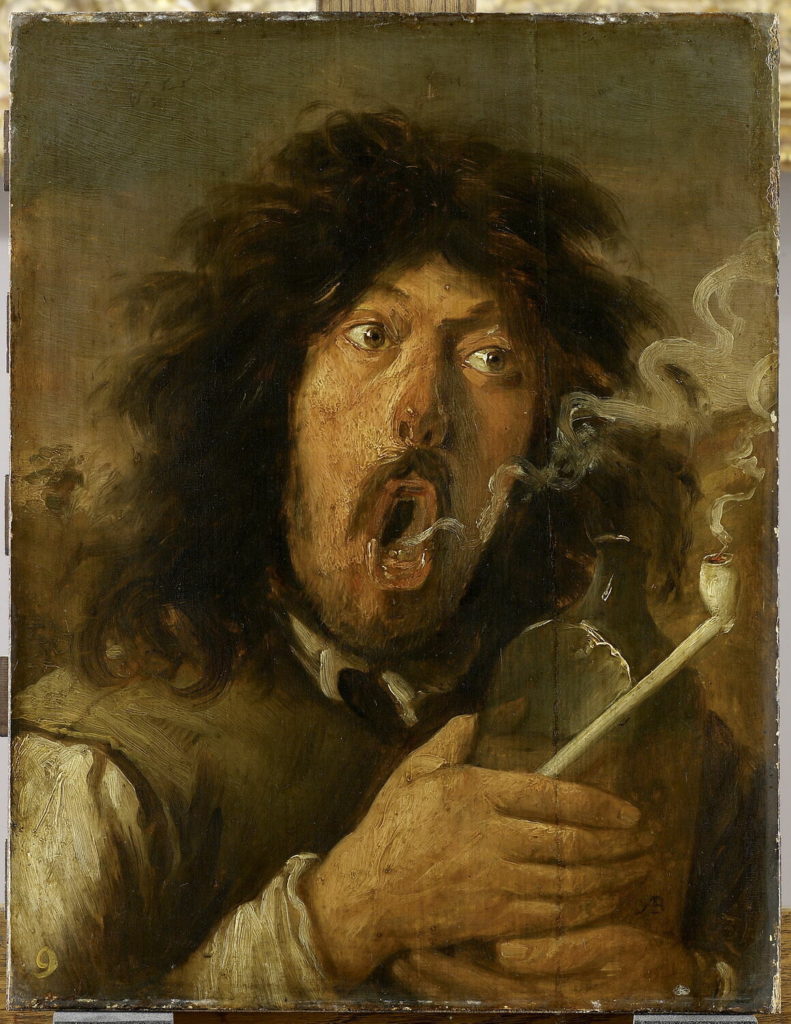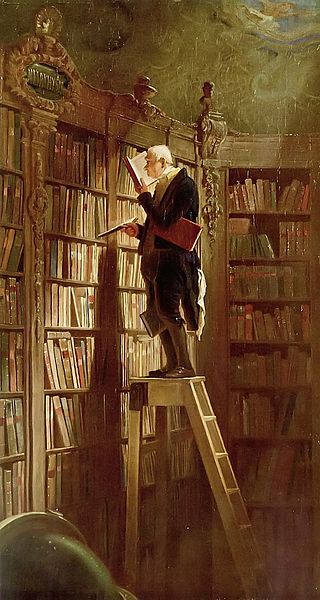De Zuid-Amerikaanse schrijver Mario Vargas Llosa sterft.

Jahsonic, naast hoofddoodgraver van Dodenstad ook zelfverklaard erotomaan en pornosoof, kan het maar over een ding hebben. Llosa’s niet zo bekende maar toch zeer geprezen opstel van boeklengte De eeuwigdurende orgie (1975) waarover Joost Zwagerman optekent:
‘In de overvloed aan literatuur over Madame Bovary kom je helaas maar zelden iets tegen over het mannelijke van en in Emma Bovary. Mario Vargas Llosa is een van de weinigen die zich erin hebben verdiept. In De eeuwigdurende orgie benadrukt Vargas Llosa dat er achter die bevalligheid van Emma soms ‘een echte kerel’ schuilgaat.’
De orgie uit de titel van dat opstel verwijst naar wat Flaubert in 1858 in een brief naar een zekere Marie-Sophie schrijft:
‘Alleen door zich te verliezen in de literatuur als in een eeuwigdurende orgie kan een mens het bestaan verdragen.’
Rust zacht Mario.


